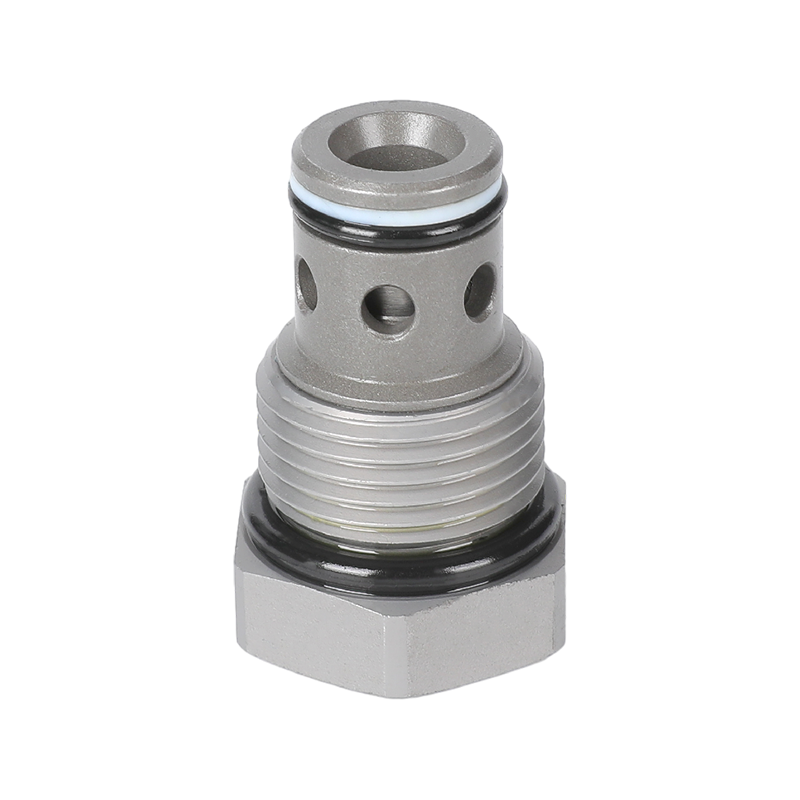Differential Relief Valve is a device specially designed to automatically open to release or adjust pressure when a preset pressure difference is reached between two different pressure points in the system. Its structure is complex and precise, ensuring the safety and stability of the industrial process.
1. Main structure
The main body of the differential pressure safety valve is usually composed of key components such as the valve body, valve cover, valve seat and valve core. The valve body is the supporting structure of the entire valve. It is made of high-strength and corrosion-resistant materials and withstands the high pressure and corrosive media inside the system. The valve cover is used to close the valve body and form a sealed chamber with the valve body to protect the internal parts from external environmental interference.
2. Sensing and control system
The core of the differential pressure safety valve lies in its sensing and control system, which includes a pressure sensor, a comparator and a control mechanism. The pressure sensors are installed at two different pressure points in the system to monitor the pressure values at the two positions in real time. The comparator is responsible for comparing the two pressure values. When the pressure difference between them reaches or exceeds the preset value, it will send a signal to the control mechanism. After receiving the signal, the control mechanism will drive the valve core to act to open or close the valve.
3. Valve core and sealing structure
The valve core is the component responsible for opening and closing in the differential pressure safety valve. It is designed to move up and down in the valve seat to change the flow area of the valve. The sealing surface of the valve core and the valve seat are closely matched to form a sealing pair to ensure that the valve can effectively prevent the leakage of the medium in the closed state. When the valve core rises, the sealing surface separates from the valve seat, the valve opens, and the medium passes; when the valve core descends, the sealing surface re-contacts the valve seat, the valve closes, and the medium is cut off.
4. Auxiliary components
In addition to the above main components, the differential pressure safety valve also contains some auxiliary components, such as springs, adjusting screws, guide sleeves, etc. The spring is usually used to provide a preload when the valve core is closed to ensure that the valve remains sealed when it does not need to be opened. The adjusting screw is used to adjust the preload of the spring, thereby changing the opening pressure setting value of the valve, and the guide sleeve is used to guide the movement trajectory of the valve core to ensure that the valve core is stable and unobstructed during the opening and closing process.

 English
English русский
русский
 ++86-0575-87669088
++86-0575-87669088


